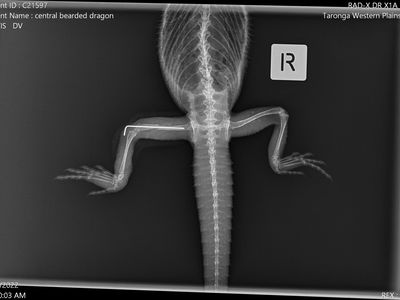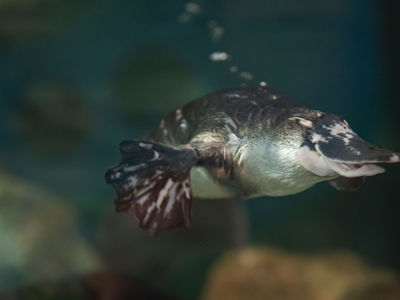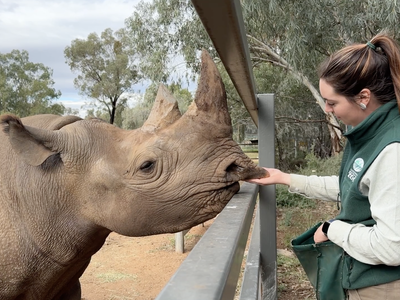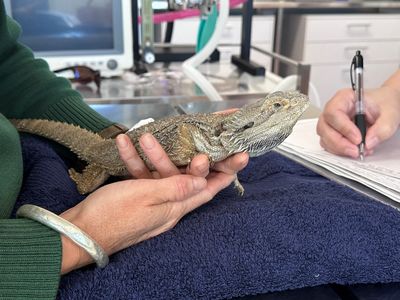Taronga Western Plains Zoo, a global leader in wildlife conservation.
When one thinks of Dubbo and tourism the thought is usually followed closely by ‘Taronga Western Plains Zoo’.
The zoo is synonymous with thoughts of Dubbo; an icon that draws national and international tourists to our city each and every year. But the zoo is a lot more than just a place for locals and visitors to spend the day watching the animals. Taronga Western Plains Zoo is also a global leader in wildlife conservation, but until recently a lot of this world-class work has happened behind the scenes.
“Taronga is committed to the recovery of native species, the rescue and rehabilitation of injured wildlife and the protection of wildlife in their natural habitats across Australia and around the world,” Taronga Western Plains Zoo Director Steve Hinks said.
“We’re very excited that through our recent developments like the new Wildlife Hospital and Platypus Rescue HQ, we’re able to highlight the incredible work our teams are doing and inspire our guests to act for the wild.”
The Wildlife Hospital located at Taronga Western Plains Zoo cares for not only the animals at the zoo but also sick and injured wildlife that come into the zoo as a result of events such as natural disasters. The hospitals located in Dubbo and at Taronga Zoo in Sydney see close to 1,500 wildlife cases each year.
Opened in December 2022, the new Wildlife Hospital provides a literal window into the work of the Zoo’s vets and conservation scientists, letting guests see this life saving work for themselves.
The Wildlife Hospital has even thrown open its doors to the public with a new behind-the-scenes guided tour, which takes guests into the hospital corridors to get an even better insight into the hands-on conservation work that the veterinary team does every day.
The newly opened Platypus Rescue HQ is also already seeing a positive impact on the community.
“The shy and enigmatic platypus is one of the silent victims of climate change, with their decline largely hidden from the public view. Platypus Rescue HQ allows us to bring together global experts to truly understand this species and ensure they can survive and thrive in the wild,” Steve said.
“Facilities like this provide the zoo with an ability to research and rescue platypus and use features like pre-release creeks to help with their rehabilitation before they are released back into the wild.
“By making this facility public it also provides us with an opportunity to showcase the work we do in this area, tell the story of healthy ecosystems, habitats and wildlife, and hopefully inspire our guests to make a difference in their own lives.”
Taronga Western Plains Zoo is also home to the most successful conservation breeding program for Southern Black Rhinoceros outside of mainland Africa. Since its inception in the 1990s the program has welcomed a total of 18 calves, with the latest a healthy male calf born to mother Mesi in August 2024.
Over the years zoo visitors have had the chance to learn about this program at the daily Black Rhino Keeper Talk, free with their Zoo entry, while Zoofari guests have had the privilege of visiting the conservation breeding complex for themselves.
Now the Zoo has launched the Black Rhino Experience, an intimate and exclusive paid tour behind-the-scenes of this world-leading breeding facility where guests can learn more about this critically endangered species, and even meet one of the rhinos that was born right here in Dubbo.
Elsewhere in the zoo are breeding and flight aviaries for the critically-endangered native Regent Honeyeater, where birds are bred for wild release to bolster wild populations. For the first time at Taronga Western Plains Zoo, guests can now catch a glimpse of these birds at the Wildlife Hospital aviary.
With all of this conservation being brought to the fore, there is still plenty happening behind the scenes, including at the Taronga Sanctuary.
This 110-hectare feral predator proof area within Taronga Western Plains Zoo is home to conservation breeding programs for endangered native species such as the Plains-wanderer, Greater Bilby, and Chuditch.
Animals from these programs have already been part of wild releases, and Taronga continues to partner with a range of other conservation organisations to re-wild areas of Australia where these species once thrived, but have gone locally extinct. This includes the Wild Deserts project in Sturt National Park, where Taronga-bred Greater Bilbies and Chuditch have been released, marking both species’ returns from extinction in NSW.
Taronga is “for the wild” because a future without wildlife is not an option and through the world-class work in conservation science, Taronga aims to increase understanding of the natural environment and enhance efforts to protect it.
Taronga is also not-for-profit. That means that whether you’re buying zoo tickets, an overnight stay, an unforgettable behind-the-scenes experience, or simply a cup of coffee or a gift from the shop, every dollar has the power to protect wildlife.
Discover more:




